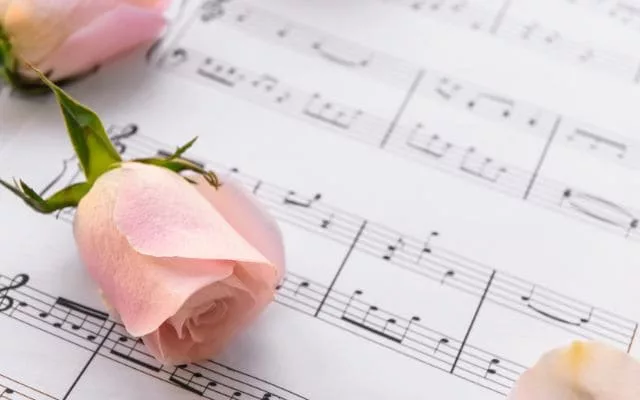If you’ve recently picked up drumming or are considering starting, you’ve probably come across drum tabs. Drum tabs are an essential notation system for drummers, similar to sheet music for other musicians. In this article, we will guide you through the process of reading drum tabs, helping you unlock the rhythm and groove of your favorite songs. Let’s dive in!
Understanding the Basics
What Are Drum Tabs?
Drum tabs are a form of musical notation specifically designed for drummers. Unlike traditional sheet music, which uses notes and staff lines, drum tabs use letters, numbers, and symbols to represent different elements of the drum kit. Each component of the kit (snare, bass drum, hi-hat, cymbals, etc.) is assigned a unique symbol.
Decoding Drum Tab Symbols
To read drum tabs effectively, you need to familiarize yourself with the symbols used. Here are some common symbols:
- x: Represents hitting the drum or cymbal.
- o: Indicates a hit on an open hi-hat.
- –: Denotes a rest or silence.
- s: Stands for a rimshot on the snare drum.
- C: Signifies hitting the crash cymbal.
- HH: Refers to closed hi-hat sound.
The Structure of Drum Tabs
Bars and Measures
Drum tabs are organized into bars and measures, just like traditional sheet music. Each bar contains a specific number of beats, and measures help you keep track of the song’s structure.
Time Signatures
Understanding time signatures is crucial. Common time signatures in drum tabs include 4/4, 3/4, and 6/8. The top number represents the number of beats in a measure, while the bottom number indicates the type of note that gets one beat.
Reading Drum Tabs Step by Step
Now that you’re familiar with the basics, let’s walk through how to read drum tabs step by step:
Step 1: Examine the Legend
Before diving into a drum tab, check if there’s a legend provided. It will explain the symbols used in that specific tab, ensuring you interpret it correctly.
Step 2: Identify the Kit Pieces
Look for the symbols that represent different drum kit components. For instance, “sn” might denote the snare drum, “bd” for the bass drum, and “hh” for the hi-hat.
Step 3: Follow the Rhythm
Read the tab from left to right, following the rhythm and sequence of hits. Remember to pay attention to rests (represented by “-“) and open hi-hat hits (represented by “o”).
Step 4: Practice, Practice, Practice
Reading drum tabs may seem challenging at first, but like any skill, it improves with practice. Start with simple songs and gradually work your way up to more complex rhythms.
Tips for Success
1. Listen to the Song
Listening to the song you’re trying to learn while reading the drum tab can greatly enhance your understanding of the rhythm.
2. Break It Down
Don’t hesitate to break down complex patterns into smaller sections. Master each section before combining them.
3. Use Metronome
A metronome is your best friend. It helps you maintain a consistent tempo while practicing.
4. Visualize
Try to visualize the drum kit as you read the tab. This can help you translate the notation into physical movements more effectively.
FAQs
1. Can I use drum tabs for any song?
Yes, you can find drum tabs for a wide range of songs online.
2. Do I need to know standard notation to read drum tabs?
No, drum tabs are a separate notation system designed for drummers.
3. Are there any software or apps that can help me with drum tab reading?
Yes, there are several apps and software programs available to assist with reading and practicing drum tabs.
4. How long does it take to become proficient at reading drum tabs?
The time it takes varies from person to person, but consistent practice is the key to improvement.
5. Can I create my own drum tabs for original compositions?
Absolutely! Drum tabs are a great way to notate your own drumming creations.
Conclusion
Learning how to read drum tabs is an essential skill for any drummer. It opens up a world of possibilities, allowing you to play your favorite songs accurately. Remember, practice and patience are key. So, grab your drumsticks, start reading those tabs, and keep the rhythm alive!
